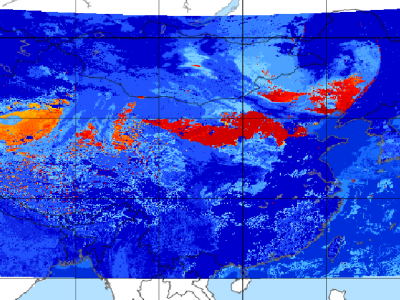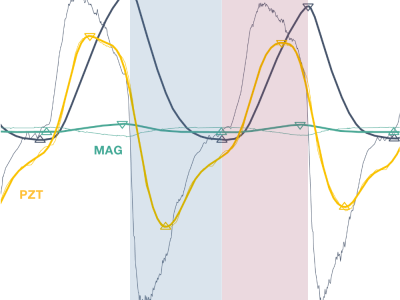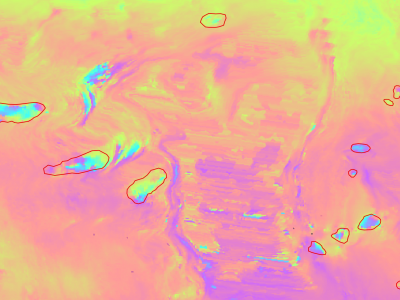Remote Sensing

China has experienced a rapid urbanization over the past three decades, resulting in a prominent “urban core-suburban-rural” (USR) triad structure of human settlements. The USR disparities, which are related to the spatial variations of human activity intensity, have significant impacts on the spatiotemporal variations in various environmental issues such as carbon dioxide (CO2) emissions, carbon storage, water quality, etc. However, there is a lack of national-level, long-term USR dataset compared to the large number of “Urban-Rural” dual structure datasets.
- Categories:
 277 Views
277 Views
When considering urban growth in metropolitan areas, polycentric urban structures have been significantly observable everywhere, both in developing and developed nations. Morphological urban developments have been considered in many studies, and recently, attention has been paid to polycentric cities. Polycentricism is a collective concept that works at local, regional, and national levels. However, the development of polycentric urban spaces includes a multitude of decentralized morphologies and functional properties that have significant impacts.
- Categories:
 30 Views
30 ViewsSince meteorological satellites can observe the Earth’s atmosphere from a spatial perspective at a large scale, in this paper, a dust storm database is constructed using multi-channel and dust label data from the Fengyun-4A (FY-4A) geosynchronous orbiting satellite, namely, the Large-Scale Dust Storm database based on Satellite Images and Meteorological Reanalysis data (LSDSSIMR), with a temporal resolution of 15 minutes and a spatial resolution of 4 km from March to May of each year during 2020–2022.
- Categories:
 762 Views
762 ViewsOur large scale alpine land cover dataset consists of 229'535 very high-resolution aerial images (50cm) and digital elevation model (50cm) with land cover annotations produced by experts in photo-interpretration . The nine land cover types in our study area include bedrock, bedrock with grass, large blocks, large blocks with grass, scree, scree with grass, water area, forest and glacier. The distribution of pixels among classes presents a typical case of a long-tailed distribution with an imbalance factor, defined as the ratio of the most frequent to the rarest class, close to 1000.
- Categories:
 251 Views
251 ViewsDataset for validation of a new magnetic field-based wearable breathing sensor (MAG), which uses the movement of the chest wall as a surrogate measure of respiratory activity. Based on the principle of variation in magnetic field strength with the distance from the source, this system explores Hall effect sensing, paired with a permanent magnet, embedded in a chest strap.
- Categories:
 502 Views
502 ViewsDataset for validation of a new magnetic field-based wearable breathing sensor (MAG), which uses the movement of the chest wall as a surrogate measure of respiratory activity. Based on the principle of variation in magnetic field strength with the distance from the source, this system explores Hall effect sensing, paired with a permanent magnet, embedded in a chest strap.
- Categories:
 98 Views
98 ViewsSlow moving motions are mostly tackled by using the phase information of Synthetic Aperture Radar (SAR) images through Interferometric SAR (InSAR) approaches based on machine and deep learning. Nevertheless, to the best of our knowledge, there is no dataset adapted to machine learning approaches and targeting slow ground motion detections. With this dataset, we propose a new InSAR dataset for Slow SLIding areas DEtections (ISSLIDE) with machine learning. The dataset is composed of standardly processed interferograms and manual annotations created following geomorphologist strategies.
- Categories:
 972 Views
972 ViewsA spectral signatures database of major crops in the East Mediterranean basin was created to support remote sensing applications specifically satellite hyperspectral and multispectral image classification. Moreover, it can be used to compute many important hyperspectral vegetation indices such as:
Atmospherically Resistant Vegetation Index (ARVI)
Modified Chlorophyll Absorption Ratio Index (MCARI)
Modified Chlorophyll Absorption Ratio Index - Improved (MCARI2)
- Categories:
 616 Views
616 Views
Blade damage inspection without stopping the normal operation of wind turbines has significant economic value. This study proposes an AI-based method AQUADA-Seg to segment the images of blades from complex backgrounds by fusing optical and thermal videos taken from normal operating wind turbines. The method follows an encoder-decoder architecture and uses both optical and thermal videos to overcome the challenges associated with field application.
- Categories:
 1056 Views
1056 Views
Progress toward the use of S-band SoOp in sea surface remote sensing was demonstrated in a 2012-2013 experiment based at the Harvest Oil Platform located at 34.469° N and 120.682° W, roughly 11 km from Point Conception, Santa Barbara, CA. Satellite transmissions from the XM-radio service were observed, using one channel each from the “Rhythm” (located above 85°W) and the “Blues” (115°W) satellites. Each downlink channel had a bandwidth of 1.886 MHz with a symbol rate of 1.64 Msps in Quadrature Phase Shift Key (QPSK) modulation.
- Categories:
 122 Views
122 Views




